
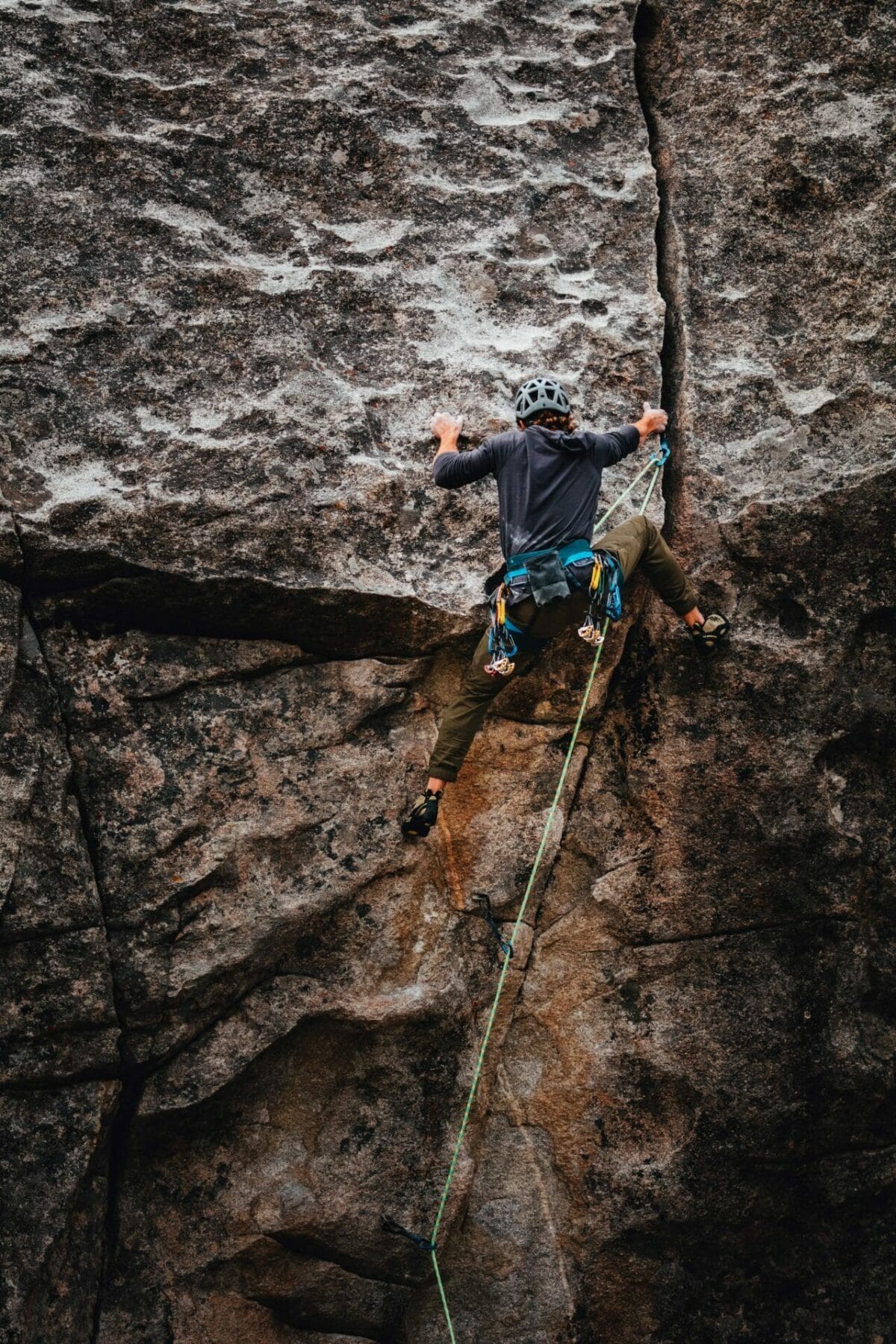
You just finished a climbing session at the gym or sent your project at the crag and feel pumped and hungry. So, what should you eat after climbing? This is a question that I often get from my clients who are climbers. As a recreational rock climber, it was also a question I used to ask myself!
While you could just grab a few random foods that will sate your hunger, putting some thought into what you eat after climbing will help you recover faster so you can feel and perform your best in your next climbing session!
In this blog, I’ll discuss what to eat after climbing so you can fuel your body right, climb strong, and make progress towards your climbing goals!
Please note that this blog is not a comprehensive overview of climbing nutrition. For a detailed article on nutrition foundations for climbing, please see my blog, Rock Climbing Nutrition: How to Fuel Your Body to Climb Your Best.
Please note that I am an affiliate for some of the products I’ve linked to in this post. If you click the link here and make a purchase, I may earn a commission at no extra cost to you.

Rock climbing is a physically demanding sport! As a climber, I’m sure you didn’t need me to tell you that…😀
According to scientists who study the sport of rock climbing, it is “physiologically unique in requiring sustained and intermittent isometric forearm muscle contractions for upward propulsion.” In simpler terms, rock climbing requires static contraction of the muscles in our arms to help us move up a wall. However, as climbers, you surely realize we don’t just use our forearms; climbing also requires significant finger and handgrip, shoulder, back, and leg strength. (Source)
In addition, we don’t just do isometric movements when climbing; we also use many dynamic movements, such as when you jump towards that hold that’s just out of reach!
The primary energy system that fuels climbing is the anaerobic energy system. The anaerobic system rapidly creates energy in the form of ATP from glucose (sugar). Lactic acid can build up when the anaerobic system is engaged at high intensities over long durations (such as when climbing!).
Lactic acid is a metabolic byproduct of the anaerobic energy system. It dissociates into lactate and hydrogen ions (H+) in your body. The lactate can actually be used as an energy source by your muscles! However, the H+ buildup can also cause muscle fatigue. Specific nutrition strategies, such as maintaining optimal hydration, may help you recover from muscular fatigue. More on how to hydrate after climbing shortly!
The anaerobic activity involved in rock climbing depletes glycogen, the stored form of glucose (sugar) in your muscles. After a climbing session, replenishing glycogen is a top priority. In addition, the demands on your muscles while climbing will trigger some muscle damage; you’ll want to repair that damage by consuming ample protein post-climb.
In addition, if you’ve been climbing outside in the elements, breathing hard, and sweating, you may need to pay special attention to replenishing fluids.
Your food choices support glycogen replenishment, muscle repair, and rehydration after your climb.
After you wrap up your climb, make sure your post-climb meal includes carbohydrates to help you replenish glycogen. If you’re heading home or going to bed shortly after climbing (I’m thinking of you post-work gym climbers!), then eating a lower-glycemic carbohydrate such as sweet potato, quinoa, chickpeas, or lentils should be sufficient for replenishing your glycogen stores.
However, if you plan to climb again within 12 hours, you may want to eat a post-climb meal with higher-glycemic index carbs, like white rice, white potatoes, or pasta. These carb-containing foods are digested more rapidly than sweet potatoes, quinoa, and legumes, so they will help replenish your glycogen faster, which is ideal if you’re climbing again relatively soon.
Try to consume protein within 30 minutes of wrapping up your climbing session. A 30-40 grams post-climb range works well for many climbers, but your protein needs will vary depending on your body weight, age, and climbing intensity.
If it takes some time to drive home from the gym or crag, I recommend bringing a meal with you to the gym or crag (perhaps in a small cooler lunch bag!) that provides ample protein, so you can start supporting muscle repair immediately – and prevent “hangriness” on the drive home!
Tip: A protein shake may help get a jump-start on muscle repair after your climb!
Protein can be found in gym- and crag-friendly portable items like high-quality beef or turkey jerky (free of unnecessary additives, ideally), nuts, nut butter (such as almond butter packets or a jar of almond butter if you want to reduce packaging waste), hard-boiled eggs, protein bars, or toasted chickpeas or lupini beans.
I recommend including a leucine-rich protein in your post-climb meal to maximize muscle repair and protein synthesis. Leucine is an amino acid (a building block of protein) crucial for muscle protein synthesis and repair. (Source)
Proteins rich in leucine include red meat, poultry, seafood, eggs, and whey protein. Plant proteins are significantly lower in leucine compared to animal proteins. (Source)
As I discussed in my blog, Rock Climbing Nutrition: How to Fuel Your Body to Climb Your Best, consuming about 250 mL of water per hour may be best while climbing. However, no great guidelines exist for how much water you should drink after climbing. Here’s how I suggest approaching it:
Looking for inspiration? Here are a few sample post-climbing meal ideas that combine carbs and protein for glycogen replenishment and muscle repair:
What you eat after climbing can make a big difference in your recovery. Choosing foods that replenish glycogen, support muscle repair, and rehydrate your body will help you recover faster to keep climbing and working towards your goals!
If you need help optimizing your rock climbing nutrition, I am accepting new clients in my nutrition practice and would love to help! I work with climbers of all skill levels to up-level their nutrition and climbing performance through a detailed nutrition assessment, personalized nutrition recommendations, functional lab testing, and meal planning.
If you’re ready to start, schedule a complimentary discovery call to learn how I can help you!
The content provided on this nutrition blog is intended for informational and educational purposes only. It is not a substitute for professional medical advice, diagnosis, or treatment. Always seek the advice of your physician or other qualified health provider with any questions you may have regarding a medical condition. Never disregard professional medical advice or delay seeking it because of something you have read on this blog.
The information and recommendations presented here are based on general nutrition principles and may not be suitable for everyone. Individual dietary needs and health concerns vary, and what works for one person may not be appropriate for another.
I make every effort to provide accurate and up-to-date information, but the field of nutrition is constantly evolving, and new research may impact dietary recommendations. Therefore, I cannot guarantee the accuracy or completeness of the information presented on this blog.
If you have specific dietary or health concerns, please consult a qualified nutritionist or another healthcare professional for personalized guidance.
I empower others through nutrition to conquer their mountain adventures, drawing from my own experiences.
With a background in Biomedical Science and an M.S. in Human Nutrition, I’m a Certified Nutrition Specialist and Licensed Dietitian Nutritionist. My journey in functional medicine has equipped me to work alongside athletes and tackle complex health cases. As a passionate trail runner, backcountry skier, and backpacker, I strive to support others on their paths to peak performance and well-being.


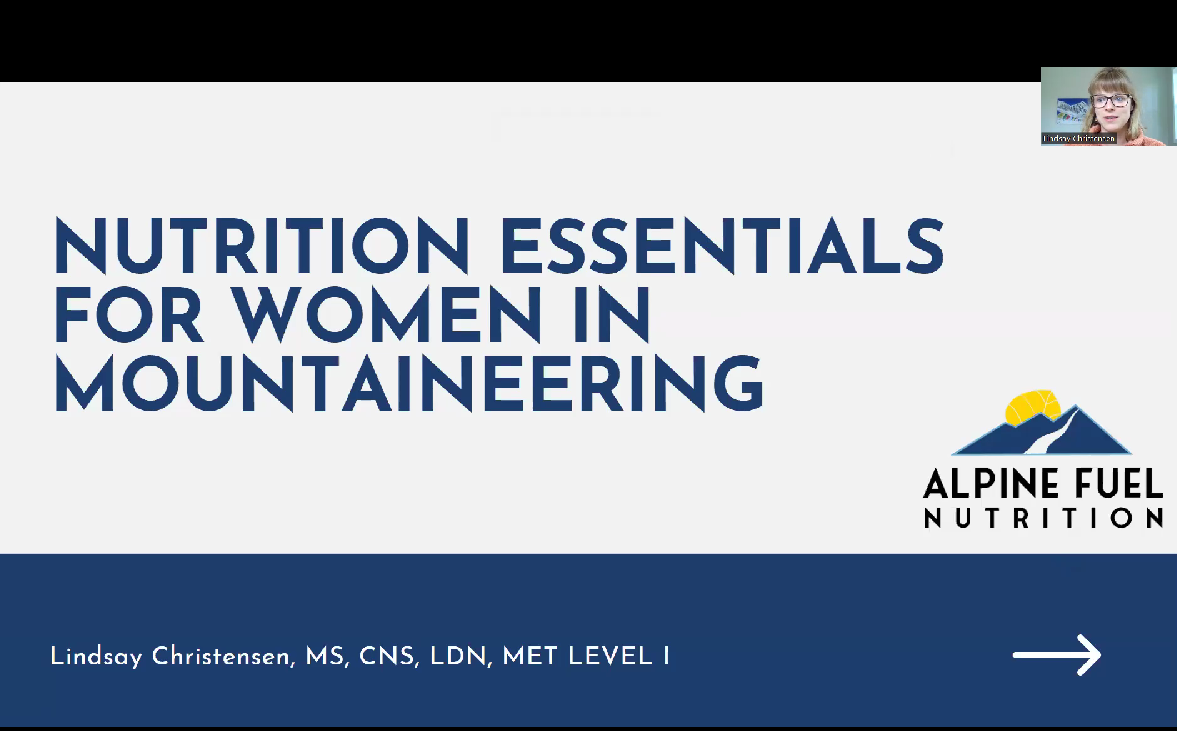

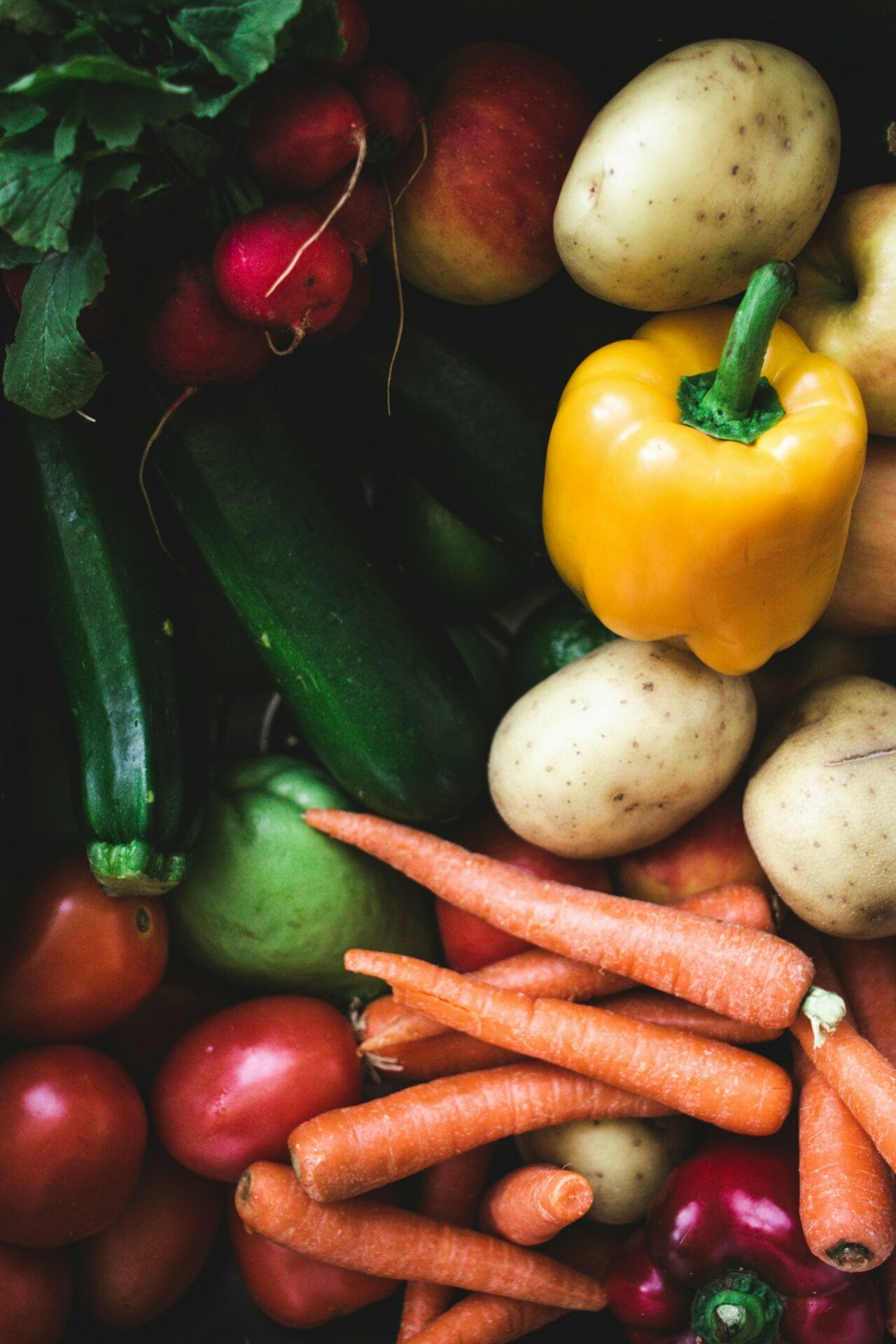
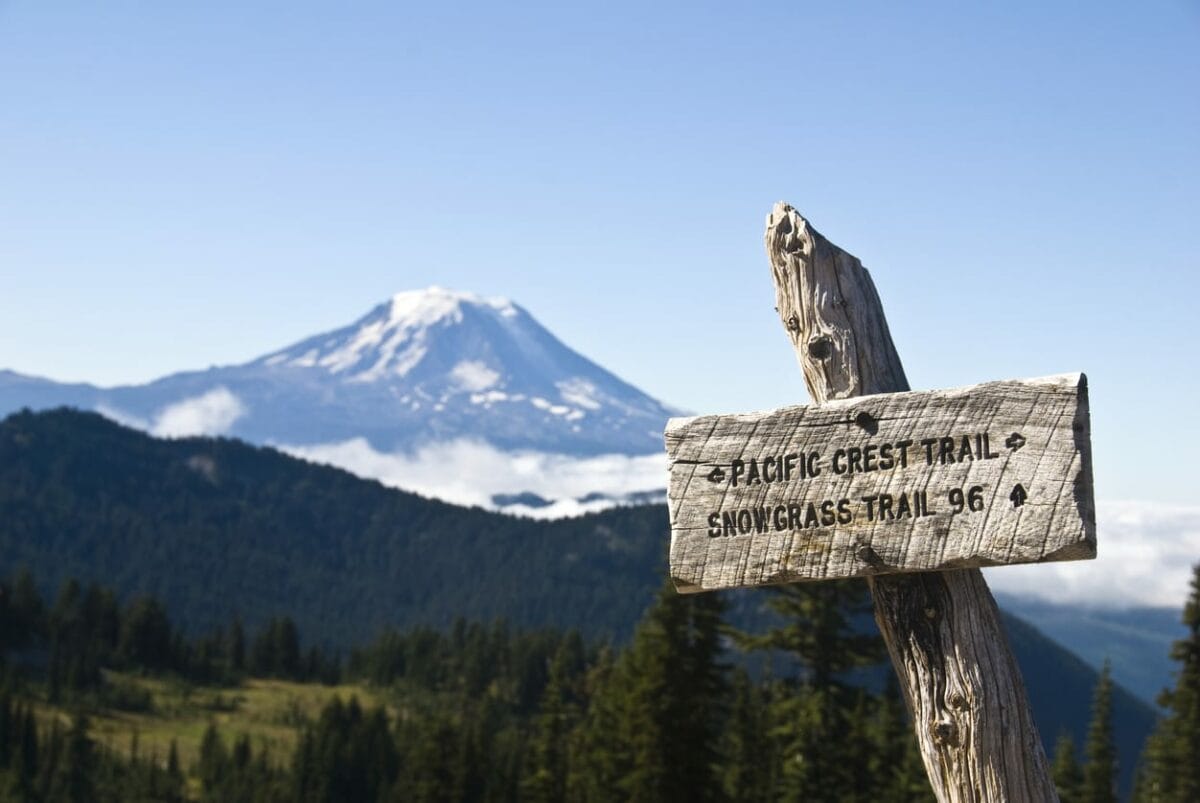
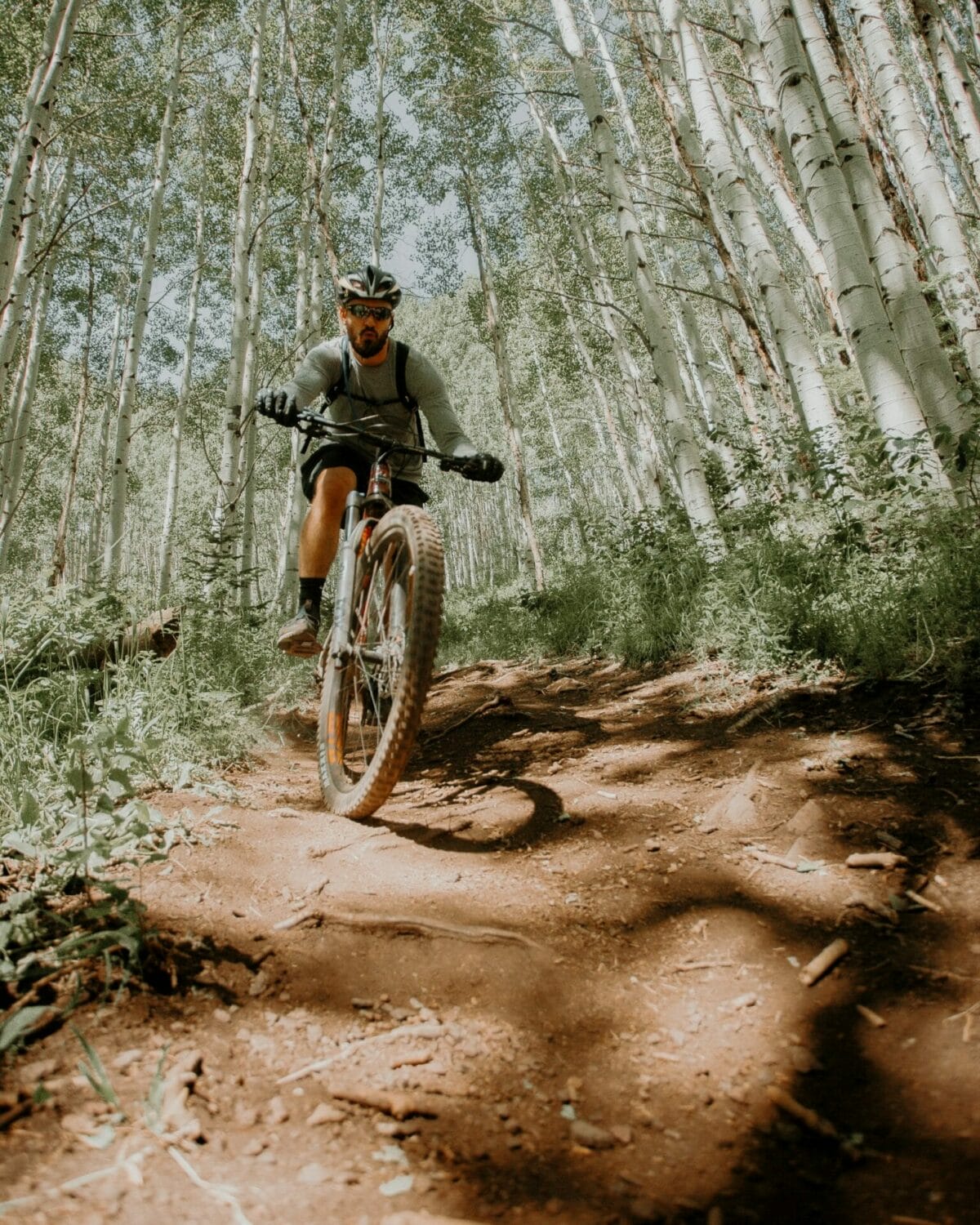

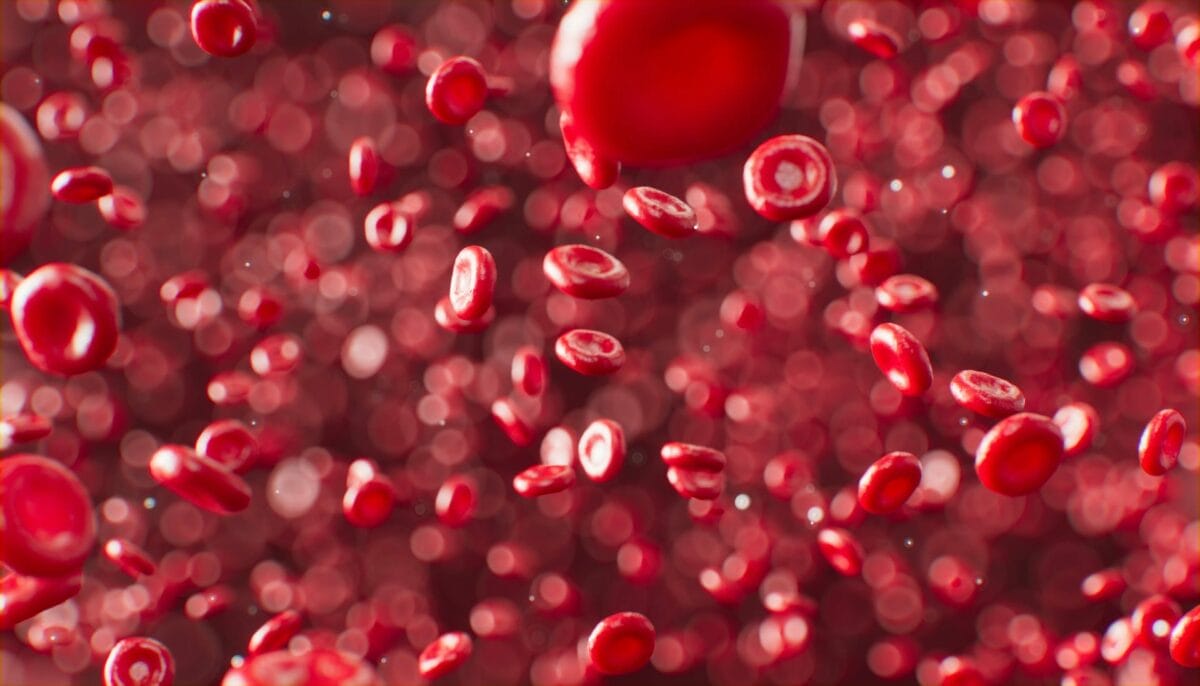
Sign up for updates that come right to your inbox.